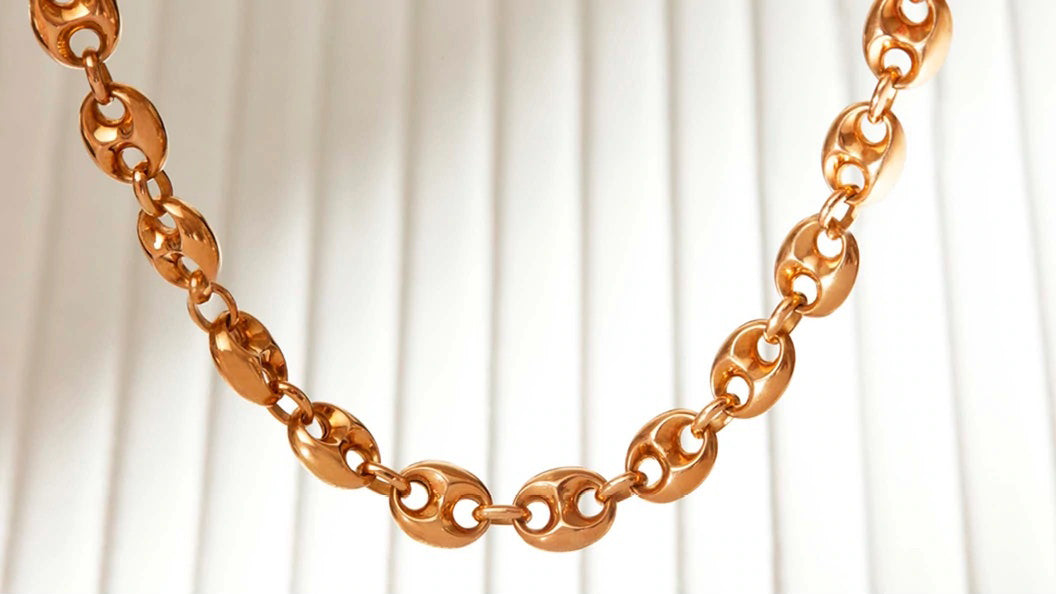

Georgian & Victorian Eras
Circa 1714-1901 — As both names suggest, Georgian and Victorian era jewels represent the reigns of King George I - IV and the subsequent reign of Queen Victoria. Two hallmarks of Georgian pieces are their intricate metalwork and full set gemstones. Victorian pieces can be identified by themes of flowers, hearts, birds, and bows. Victorian jewelry also marks the beginning of machinery-crafted jewels.
Shop Georgian & Victorian Eras →
Art Nouveau
Circa 1890-1910 — The shortest of the jewelry movements, Art Nouveau is marked by setting, rather than the gemstone itself. Many pieces of this era are rich in symbolism, representing organic, whimsical motifs and raw materials like enamel, horn, and glass.
Shop Art Nouveau →
Edwardian
Circa 1901-1914 — Edwardian jewelry, also known as ‘La Belle Epoque’ in Europe fell under the reign of King Edward VII, a lover of all things refined. The lace-like techniques of this era resemble that of delicately set diamonds, that have the illusion of floating. It was pearls that were actually the pinnacle gemstone of this time and often were more expensive than their sparkly companions.
Shop Edwardian →

Retro & Modern Eras
Circa 1920-Today — Early Retro pieces are considered a commentary on the events in the ’30s and ’40s, including WWII. As the country moved toward its future, the designs mimicked that of bold futuristic silhouettes. As the decades marched on, designs became even more streamlined, echoing the contemporary art movement that swept the nation.
Shop Retro & Modern →


Designer Antique & Vintage
Signed pieces are those that have been identified to a specific house and can be categorically traced back to an archive. Jewelry from fashion houses like Chanel and Versace, to iconic pieces from Cartier and Tiffany & Co. are among our most sought-after Designer collections.
Shop Designer Antique & Vintage →




